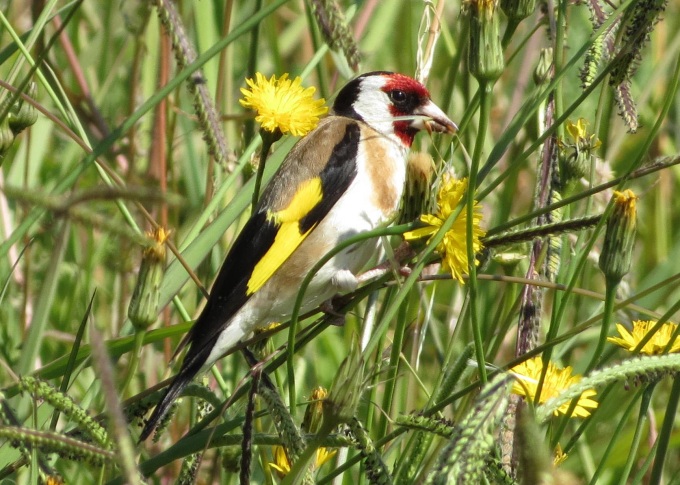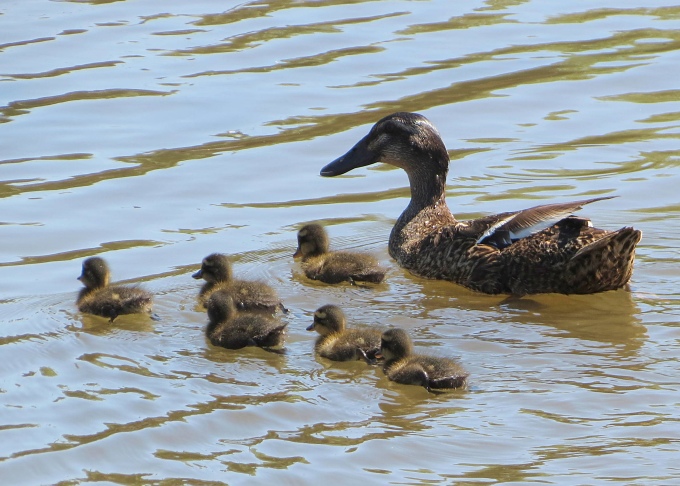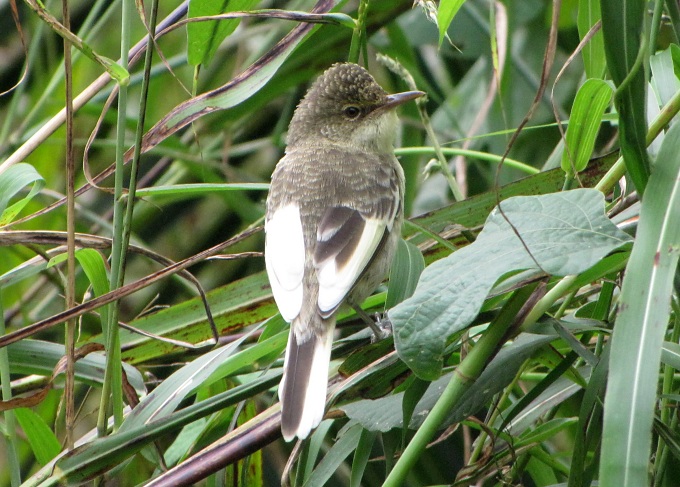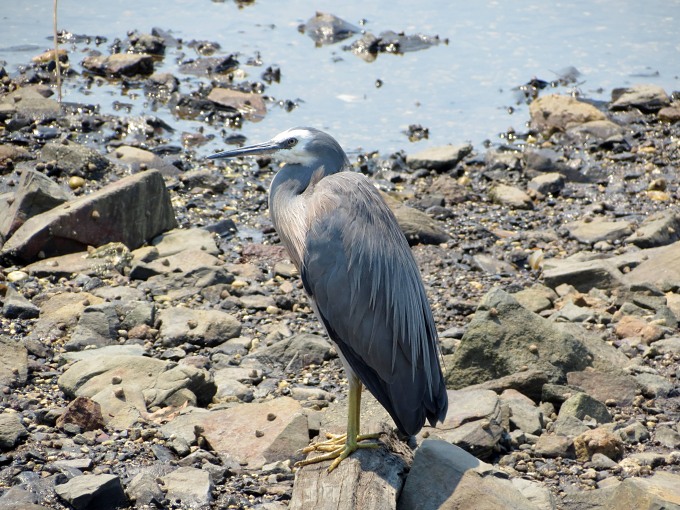Birdwatching
/ Whenever I used to think of “birdwatching”, I pictured a skinny-legged fellow in khaki shorts, probably wearing black socks and “sneakers”, a wide-brimmed hat, binoculars around his neck and a bird list in his hand, ready to tick off each bird he spotted. Birdwatching was a hobby for old people or nerds with nothing better to do with their time. It's not that I disliked birds. It's more that I saw them, but never took the time to really notice them. Oh, a bluebird. Gee whiz, there's a seagull. Hmm, the first spring robin. Not much enthusiasm. Boy, did I have it wrong.
Whenever I used to think of “birdwatching”, I pictured a skinny-legged fellow in khaki shorts, probably wearing black socks and “sneakers”, a wide-brimmed hat, binoculars around his neck and a bird list in his hand, ready to tick off each bird he spotted. Birdwatching was a hobby for old people or nerds with nothing better to do with their time. It's not that I disliked birds. It's more that I saw them, but never took the time to really notice them. Oh, a bluebird. Gee whiz, there's a seagull. Hmm, the first spring robin. Not much enthusiasm. Boy, did I have it wrong.

When we moved aboard Nine of Cups and we were sailing, birds really started to get my attention. Sea birds, shore birds, passerines, non-passerines, big, little. Each new area had its own particular birdlife and that became even more apparent as we traveled from country to country and then from the Equator to the Antarctic. With nearly 10,000 bird species throughout the world, we'd be hard pressed not to find a new species wherever we went. What once seemed nerdy became absolutely fascinating.

Of course along with finally noticing birds, came the need to identify them. So I bought a big “Birds of the World” identification guide. Soon, this was not enough. I needed a less bulky book that I could throw in my backpack. I wanted one which included more identification photos and/or sketches, like seeing a bird in flight as well as sitting on a bough. I wanted more information about the bird and its call. I've ended up investing in a bird book for each major area we've visited and I don't regret it in the least. I usually find a used copy which helps the budget significantly. In fact, I even traded a bird photo of a Pitcairn warbler with a publisher one time in return for an Australian bird book. That's how I got my Simpson & Day Birds of Australia which is in constant use.

Now, I'm so totally enthralled with birds and photographing them, I've created separate pages on our website for them. Australia has ~800 bird species and though we'd seen and identified lots, it's not even close to what's out there. The best bird site and bird photography I've ever seen is Ian Montgomery's Birdway. When I can't find what I'm looking for in my bird book, I refer to his site for an answer and he never lets me down.

That brings us to our current location in Cygnet. Not far away from our anchorage at the head of the bay is the Port Cygnet Conservation area. It's a ~250 acre wetland reserve and wildlife sanctuary and an important feeding, nesting and roosting area for over 70 species of birds. A boardwalk and paths meander through the wetland area allowing close up views of its visitors and inhabitants without encroaching too much on their turf.

It's a pleasant and fascinating place to explore. Tasmanian native hens scurry around on the grass and disappear into the tall marsh reeds. Masked lapwings shriek and tromp around in the mud at low tide and white-faced herons wait stone-still, hoping for some breakfast to swim by. Sea eagles regularly frequent this area, but unfortunately we didn't see any. There was much less birdlife than we saw on our last visit and we wonder if the smoke and soot from the bushfires is keeping them away. Hopefully, it's just a temporary thing.
-------------------------------------------------------------------------------------------------------------------------------------------------------------
Days and Ways to Celebrate
A daily list of mostly obscure holidays and fun ways to celebrate them.
World Nerd Day
Where would we be without them? We'd still be using tin cans and string while calculating on an abacus. High five a nerd today...they're easy to pick out in a crowd.

